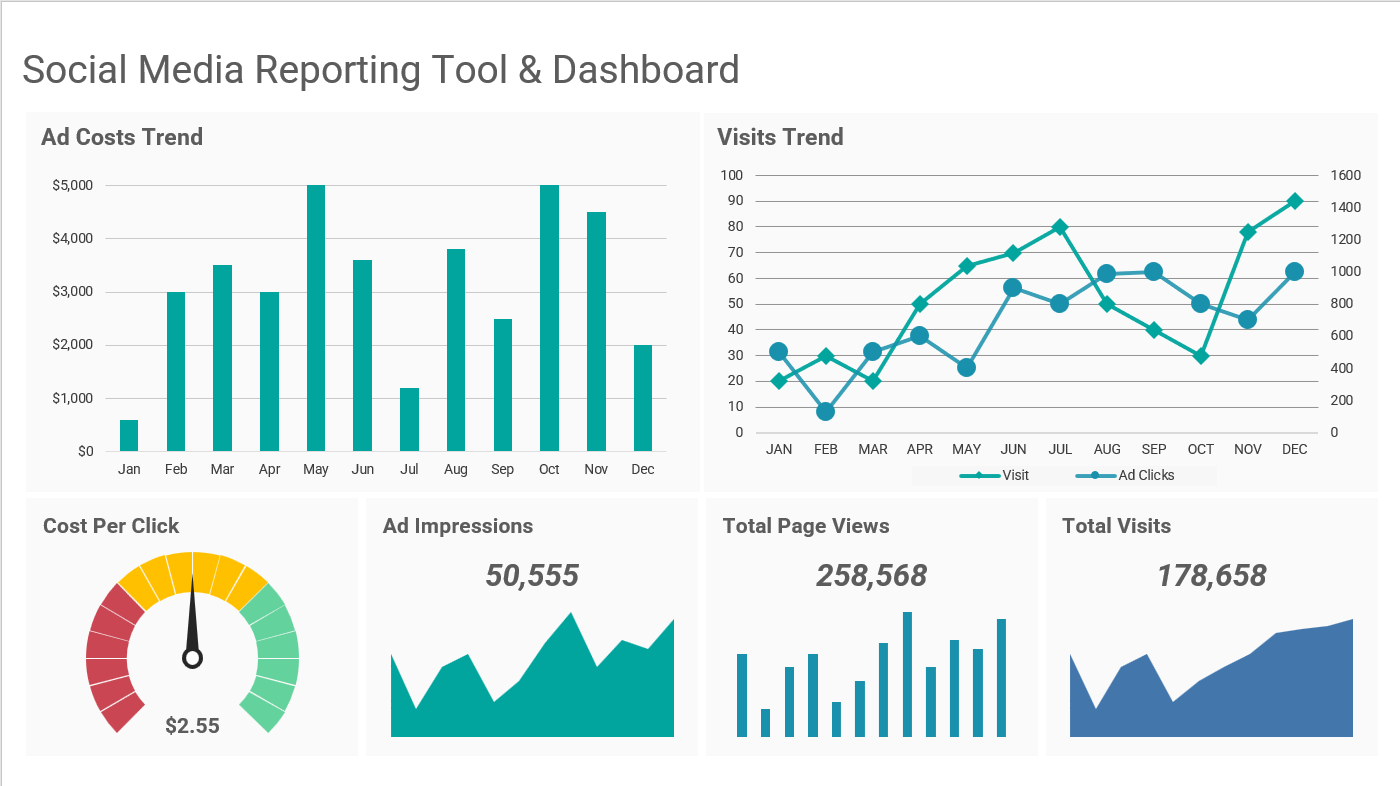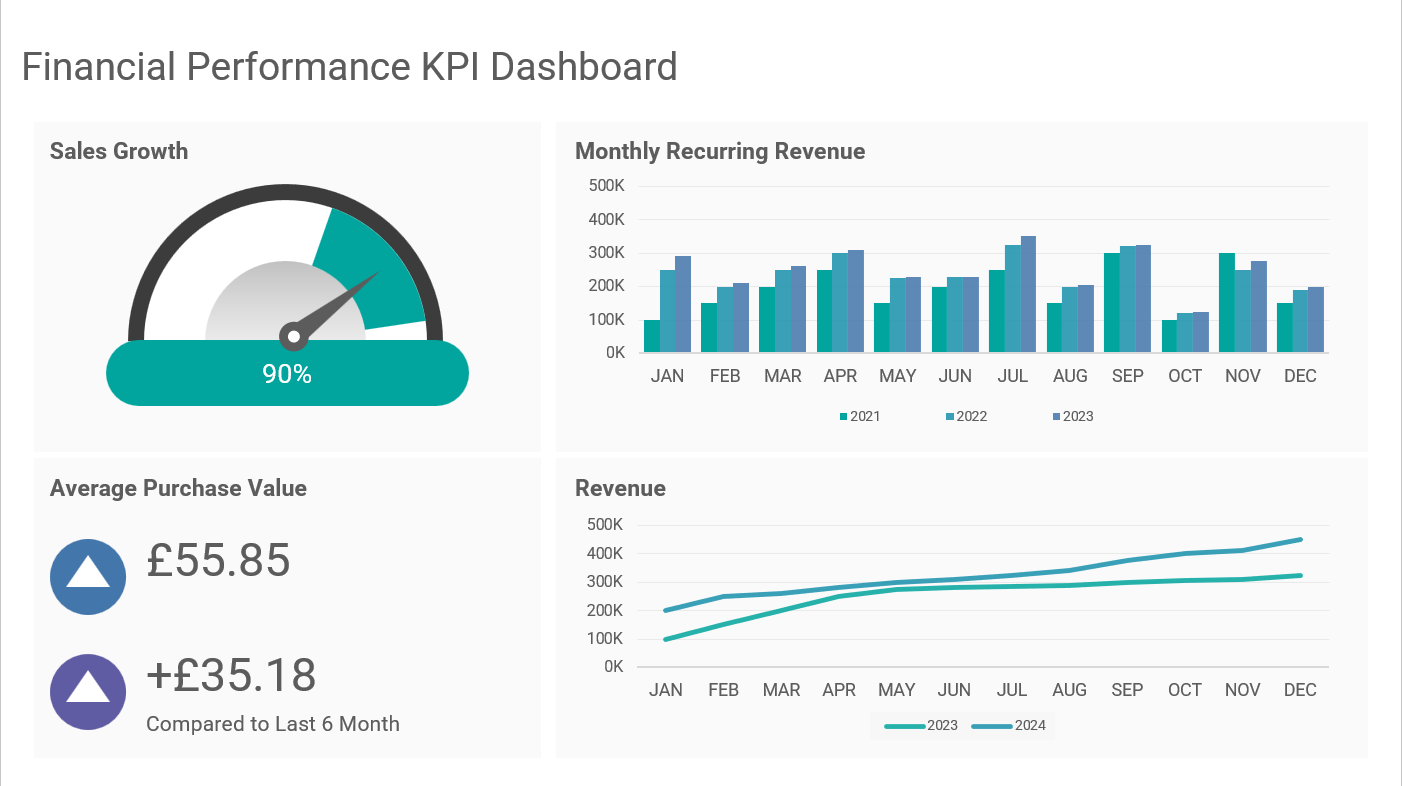Excel Experts
Collate. Analyse. Present.Forecast. Automate.
Power Query
Power BI
Pivot Tables
Analysis
Charts
VBA
NOT MAGIC. JUST EXCEL.
Excel Analysis
What: Sales analysis in Excel involves evaluating sales data to understand performance, identify trends, and make informed decisions. This process helps businesses pinpoint strengths and weaknesses in their sales strategies.
Why: In a B2B context, sales analysis is crucial for tracking sales performance, understanding customer purchasing behaviour, and identifying market opportunities. According to McKinsey, companies that leverage sales data effectively can achieve up to 15%-25% higher sales productivity (McKinsey). Excel’s robust data analysis tools, such as pivot tables and charts, enable businesses to refine their sales strategies, allocate resources efficiently, and ultimately increase revenue.
Contact us to see how our Excel experts can support you.
What: Customer analysis in Excel involves studying customer data to understand their behaviours, preferences, and needs. This helps businesses create better-targeted products and services.
Why: For B2B companies, customer analysis is vital for building strong relationships and improving customer satisfaction. According to Salesforce, businesses that leverage customer analysis see a 36% increase in customer satisfaction (Gartner). Excel’s capabilities for data sorting, filtering, and visualisation allow companies to personalise their services, enhance customer experiences, and foster loyalty.
Case Study – IBM: IBM uses Excel for customer analysis to understand the needs of its enterprise clients. By analysing feedback and usage patterns in Excel, IBM tailors its solutions to better meet client requirements, resulting in a 20% increase in customer retention rates.
Contact us to see how our Excel experts can support you.
What: Operations analysis in Excel examines the efficiency and effectiveness of business operations. It helps in identifying bottlenecks, improving processes, and enhancing productivity.
Why: For B2B companies, operations analysis is critical for maintaining competitive advantage and operational excellence. According to McKinsey, companies that excel in operations analysis can improve productivity by up to 25% (AI Time Journal). Excel’s data analysis tools help businesses streamline processes, reduce costs, and improve service delivery.
Case Study – FedEx: FedEx utilises Excel for operations analysis to optimise its logistics and delivery processes. By examining operational data in Excel, FedEx identifies areas for improvement and implements changes to enhance efficiency. This focus on operations has helped FedEx maintain its position as a leader in the logistics industry and achieve consistent growth (McKinsey & Company).
What: Marketing analysis in Excel evaluates the effectiveness of marketing campaigns by examining metrics such as customer engagement, conversion rates, and return on investment (ROI). It helps businesses refine their marketing strategies to achieve better results.
Why: In B2B environments, marketing analysis is essential for understanding the impact of campaigns, optimising marketing spend, and enhancing lead generation efforts. According to HubSpot, companies that conduct marketing analysis can improve their lead generation by 50%. Excel’s data analysis features allow businesses to target the right audience, tailor their messages, and ultimately increase conversion rates.
Contact us to see how our Excel experts can support you.
What: Financial analysis in Excel involves evaluating financial data to assess the performance and viability of a business. It includes analysing income statements, balance sheets, and cash flow statements.
Why: Financial analysis is crucial for B2B companies to ensure financial health and make informed investment decisions. According to PwC, businesses that perform regular financial analysis can increase their profitability by up to 30%. Excel’s financial functions and data analysis tools help in identifying cost-saving opportunities, assessing risks, and planning for future growth.
Contact us to see how our Excel experts can support you.
What: Inventory analysis in Excel involves examining stock levels, turnover rates, and demand patterns to manage inventory effectively. It ensures that businesses maintain optimal stock levels without overstocking or understocking.
Why: Effective inventory analysis helps B2B companies reduce carrying costs and improve cash flow. According to Deloitte, businesses that optimise inventory management can reduce inventory costs by 20%. Excel’s data analysis features allow for better demand forecasting, streamlined supply chain operations, and improved customer satisfaction.
Contact us to see how our Excel experts can support you.
What: Project management in Excel involves planning, tracking, and managing project tasks, timelines, and resources. It ensures projects are completed on time and within budget.
Why: For B2B companies, effective project management is essential for delivering projects successfully and maintaining client satisfaction. According to PMI, organisations with strong project management practices meet their goals 2.5 times more often . Excel’s project management templates and tracking tools help in resource allocation, risk management, and stakeholder communication.
Contact us to see how our Excel experts can support you.
What: HR analytics in Excel involves analysing employee data to improve HR practices, such as recruitment, retention, and performance management.
Why: HR analytics helps B2B companies optimise their workforce and improve employee engagement. According to Deloitte, businesses using HR analytics are 4 times more likely to improve their HR processes. Excel’s data analysis capabilities allow for identifying talent gaps, enhancing employee performance, and reducing turnover rates.
Contact us to see how our Excel experts can support you.
Flexible Dashboards
What: Flexible dashboards in Power BI provide dynamic and interactive visual representations of data, enabling users to analyse and interpret data effectively. These dashboards can be customised to meet specific business needs and preferences.
Why: In a B2B context, flexible dashboards are crucial for real-time data analysis, decision-making, and performance tracking. According to AI Time Journal, businesses that implement flexible dashboards can improve their data visibility and operational efficiency by up to 30% (@knowledgehut). Power BI’s capabilities allow for the creation of dashboards that support data updates, interactive visualisations, and natural language queries, making data accessible and actionable.
Contact us to see how our Excel experts can support you.
What: Data updates supported in Power BI dashboards allow users to refresh data automatically or manually, ensuring that the latest information is always available for analysis.
Why: In a B2B environment, having up-to-date data is essential for accurate reporting and decision-making. Businesses that utilise dashboards with data update capabilities can react more swiftly to market changes and operational issues. According to KnowledgeHut, companies that maintain updated data in their dashboards see a 20% increase in reporting accuracy and timeliness.
Contact us to see how our Excel experts can support you.
What: Interactive visualisations in Power BI dashboards allow users to explore data through dynamic charts, graphs, and other visual elements, making complex data more understandable and actionable.
Why: Interactive visualisations are essential in B2B settings for data exploration and analysis. They enable users to identify trends, patterns, and anomalies quickly. According to AberdeenGroup, companies that leverage interactive visualisations can enhance their data analysis capabilities by 40%, leading to better business outcomes.
Contact us to see how our Excel experts can support you.
What: Power BI dashboards can connect to various data sources, including other Excel files, SQL databases, and cloud databases, to integrate and analyse data from multiple platforms seamlessly.
Why: Connecting dashboards to diverse data sources allows B2B companies to consolidate and analyse data holistically. This connectivity enhances data integration and ensures comprehensive insights. According to AI Time Journal, businesses that connect their dashboards to multiple data sources report a 25% increase in data integration efficiency (Power BI).
Case Study – IBM: IBM connects its Power BI dashboards to SQL and cloud databases to aggregate data from different departments and systems. This integrated approach provides a unified view of business operations, enabling more strategic decision-making and improving overall performance by 20%.
What: Organisation branding in Power BI dashboards involves customising the dashboards to reflect the company’s brand identity, including logos, colours, and fonts.
Why: Custom-branded dashboards enhance professional appearance and reinforce brand consistency within and outside the organisation. According to TransUnion, branded dashboards help improve stakeholder engagement and trust by 15%.
Contact us to see how our Excel experts can support you.
What: Collaborative features in Power BI dashboards enable team members to share, comment, and collaborate on data analysis and reporting in real-time.
Why: Collaboration is vital in B2B environments where team-based decision-making is common. Collaborative dashboards facilitate better communication and faster decision-making. companies that use collaborative dashboards experience a 35% improvement in team productivity.
Contact us to see how our Excel experts can support you.
What: Natural language queries in Power BI dashboards enable users to interact with data using everyday language, making it easier to ask questions and get insights without needing advanced technical skills.
Why: Natural language queries democratise data access, allowing more employees to engage with data analysis. According to AI Time Journal, businesses that implement natural language queries see a 25% increase in data engagement and usage across the organisation (InPeaks).
Contact us to see how our Excel experts can support you.
What: Drillthrough features in Power BI dashboards allow users to click on visual elements to access more detailed data behind the summary views, providing deeper insights into specific areas of interest.
Why: Drillthrough capabilities are essential for B2B companies that require detailed analysis of specific data points. They enable users to go beyond surface-level insights and understand the underlying factors.
Contact us to see how our Excel experts can support you.
DATA SCRAPING ● DATA ANALYSIS ● EXCEL EXPERTISE ● DATA ENRICHMENT ● BUSINESS FINDER ● CONTACT FINDER ● SEARCH RESULTS EXTRACTOR ●
Contact
Talk to us about our services
Book a call here: calendly.com/datagro/phonecall





